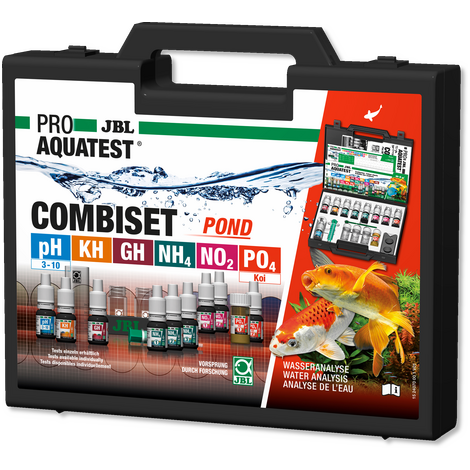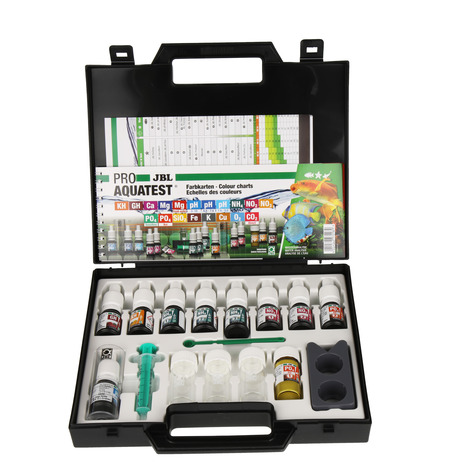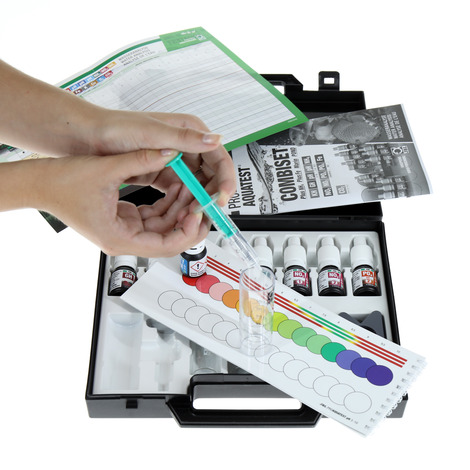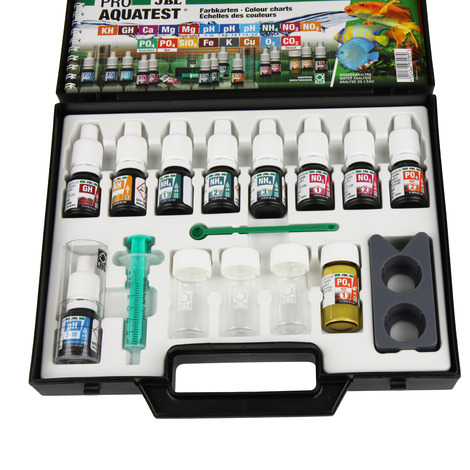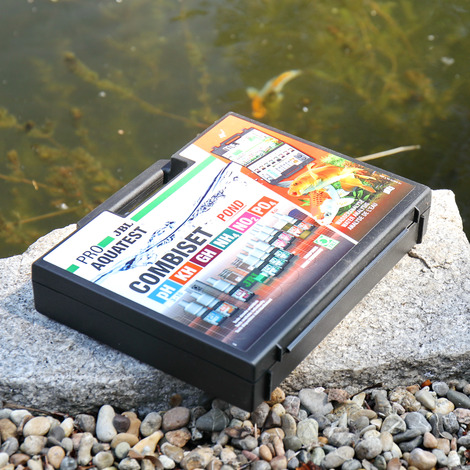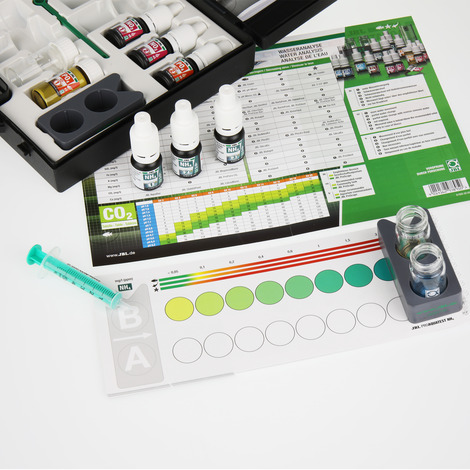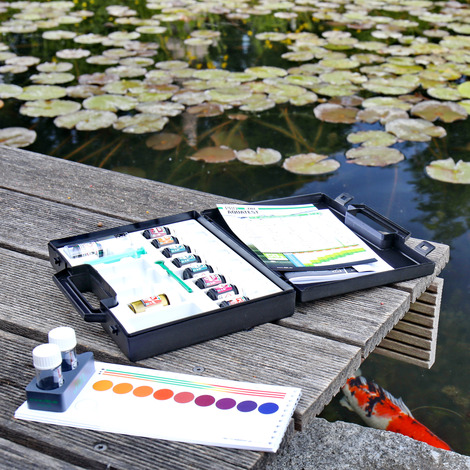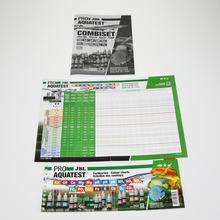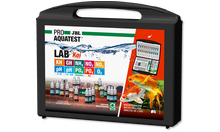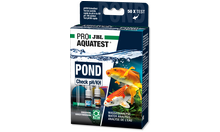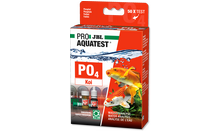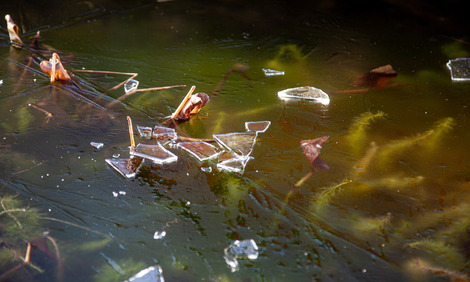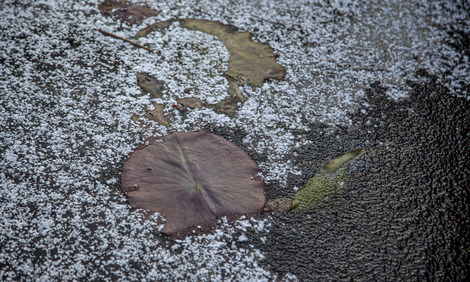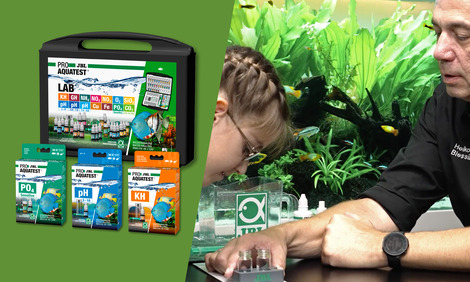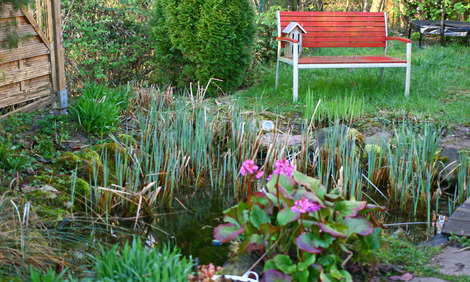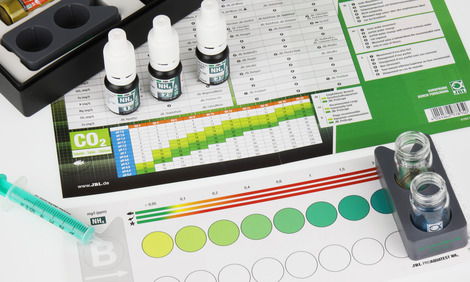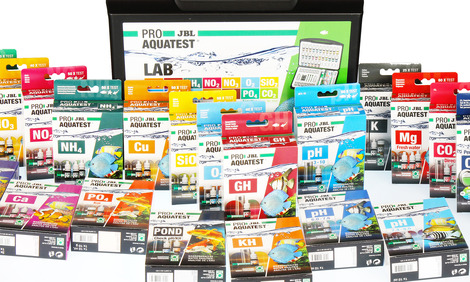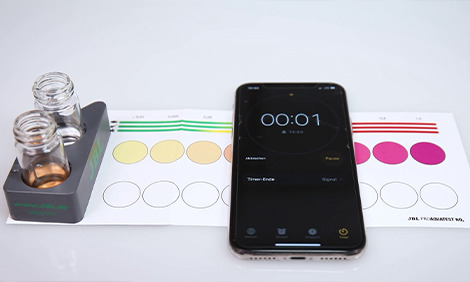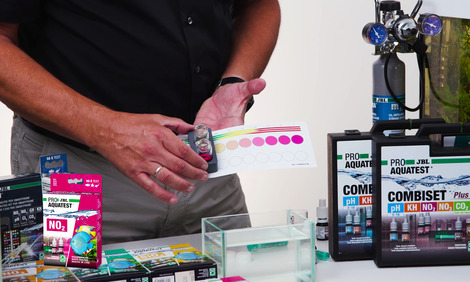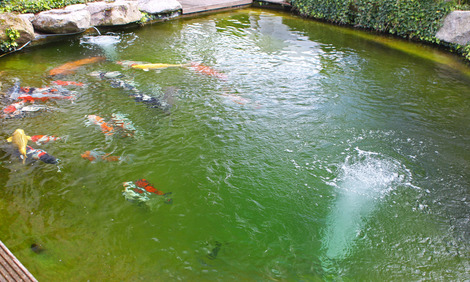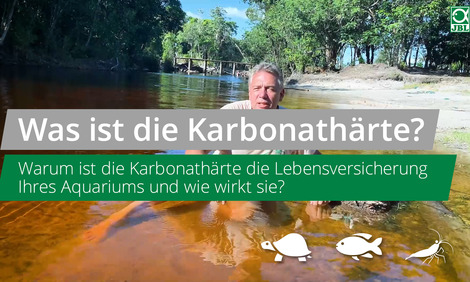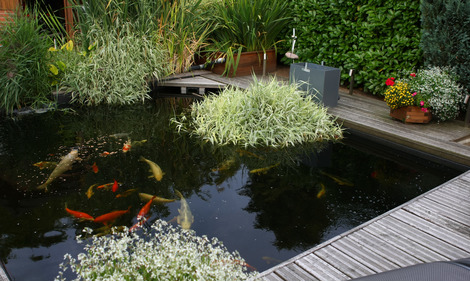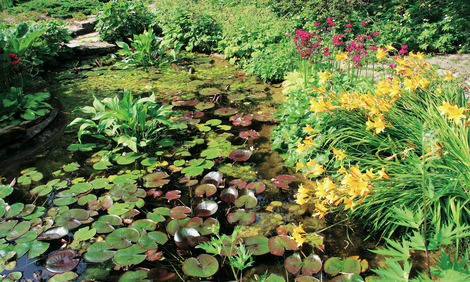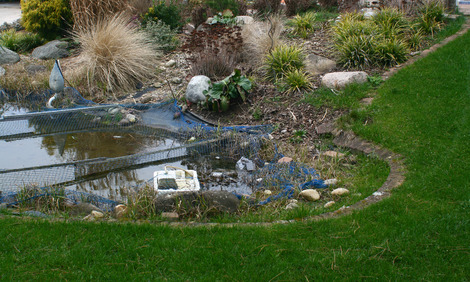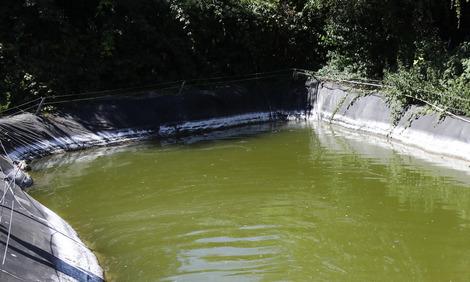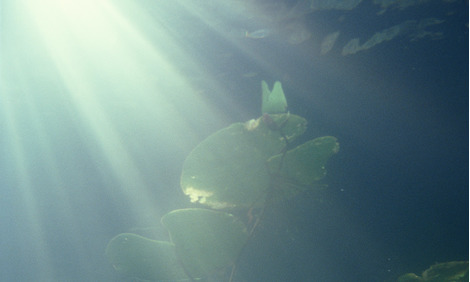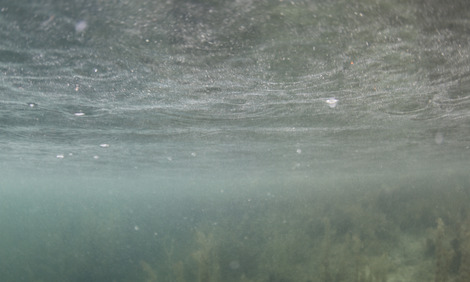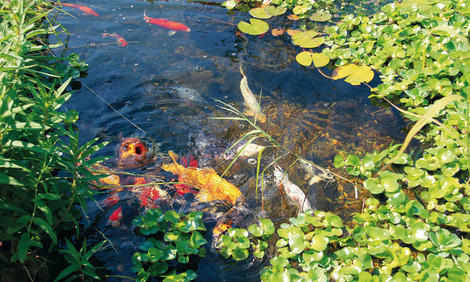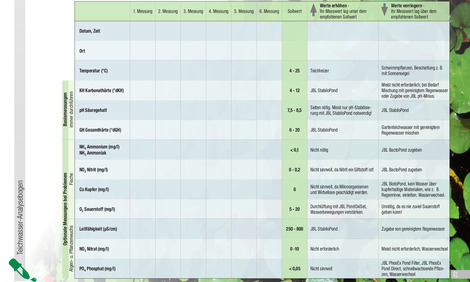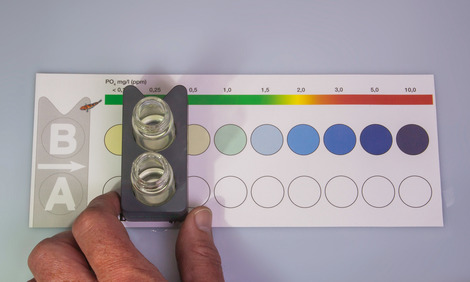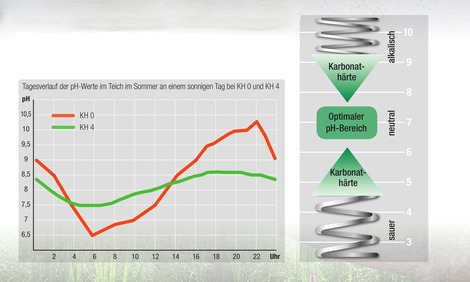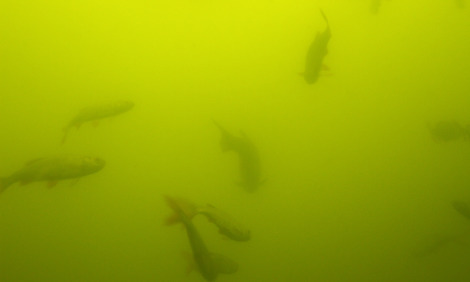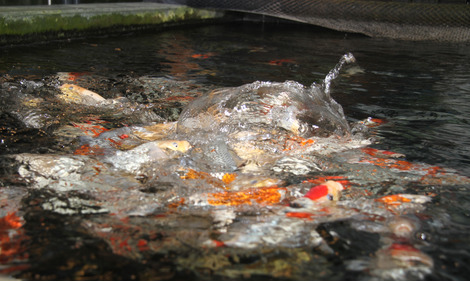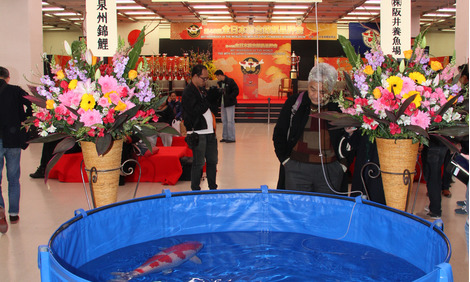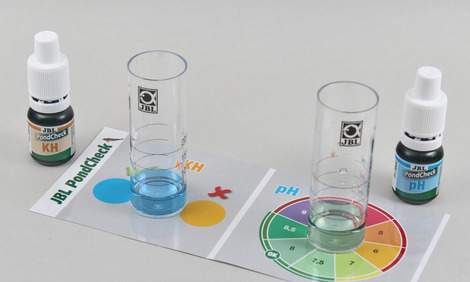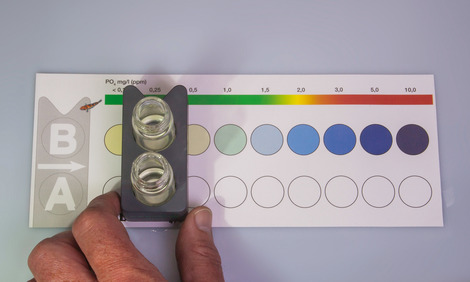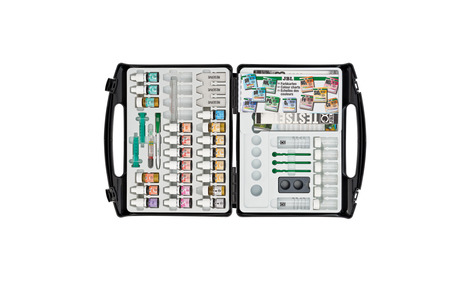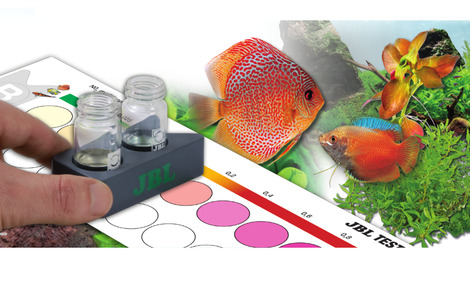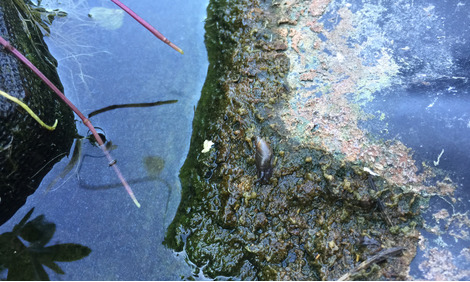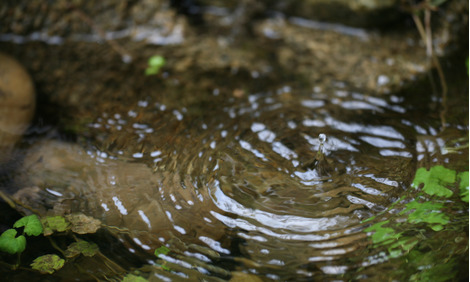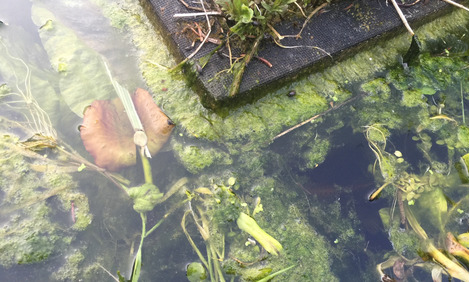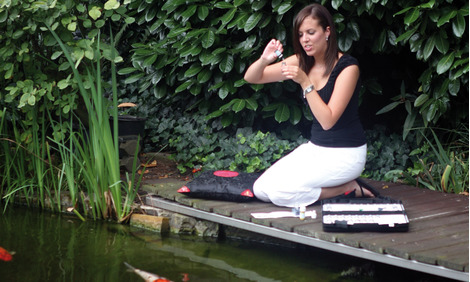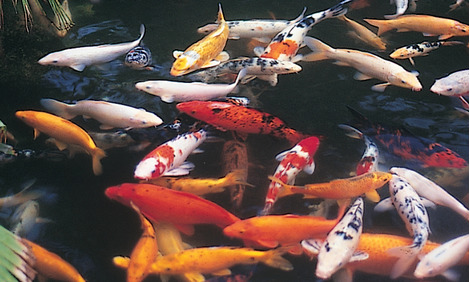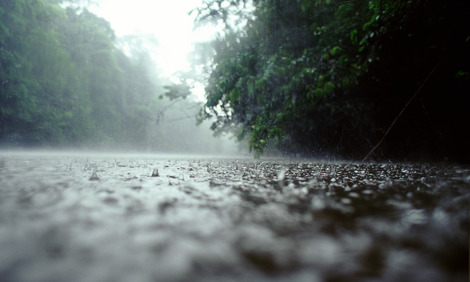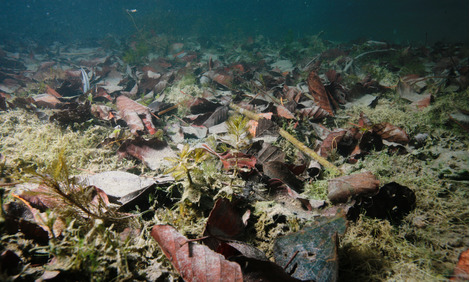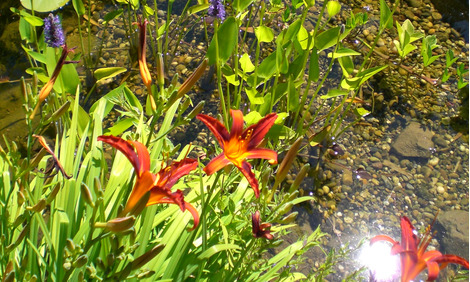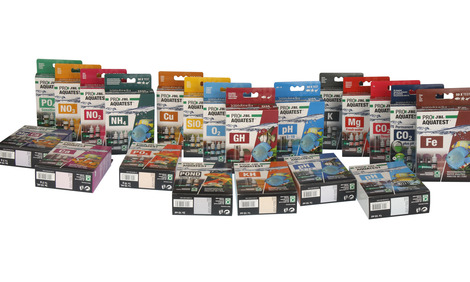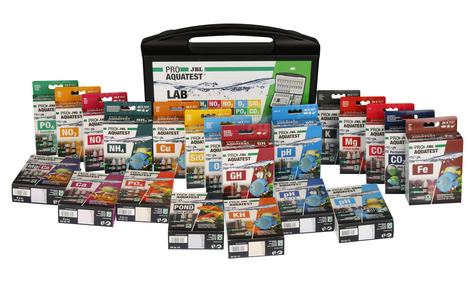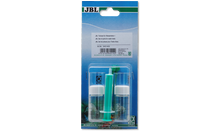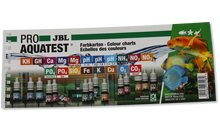Don’t guess - measure:
Get a regular update on whether all the important water values in your pond are OK or whether there is a need for action to correct values that are developing in the wrong direction. If problems arise (sick fish, plants not growing properly, water smells, algae problems) water analyses are really the only way to get to the bottom of it! As soon as you have found the cause with the help of the tests, you can correct it.
The tests are easy and quick to perform and provide accurate results.
The following tests are included in the test set:
pH test: acidity of the water from 3.0 to 10
GH test: determination of general hardness
KH test: pH stability of the water (carbonate hardness)
PO4 test Koi: determination of the phosphate content (reason for algae growth and plant nutrient)
Test NH4 / NH3: indication of non-toxic ammonium, determination of the toxic ammonia using table
NO2 test: determination of nitrogen compound nitrite, which is toxic for the fish
The following tests are available as supplements:
pH test: acidity of the water from 6.0 to 7.6
pH test: acidity of the water from 7.4 to 9.0
K test: determination of the plant nutrient potassium
Mg test Freshwater: determination of the plant nutrient magnesium
CO2 Direct test: determination of the current carbon dioxide content for thriving plant growth
O2 test: determination of the oxygen content
PO4 test sensitive: phosphate test, which also indicates very low PO4 values
NO3-Test: determination of the nitrate content (reason for algae growth and plant nutrient)
Fe test: determination of the iron content to monitor the fertilisation
Cu Test: heavy metal deadly for invertebrates.
SiO2 test: determination of the silicates (silicic acid) as cause for diatoms
Almost all test reagents are available as environmentally friendly refill packs!
JBL PROAQUATEST COMBISET POND
Test case for water analyses in koi and garden ponds
- Simple and professional monitoring of the 6 most important water values in garden ponds, spring, tap and well water
- Take a water sample, add the indicator drop-wise, compare the resulting colour on the colour chart and read off the values
- With: pH test for the acidity, KH for the stability, GH for the mineral content, ammonium test for the fish’s health, nitrite test for the toxic nitrogen and phosphate test for the algae nutrient content
- Comparator system for easy and precise reading and for taking any inherent water colouring into account
- Complete, incl. water-proof case, colour charts, glass vials, syringe, dosing spoon, comparator block and test reagents
